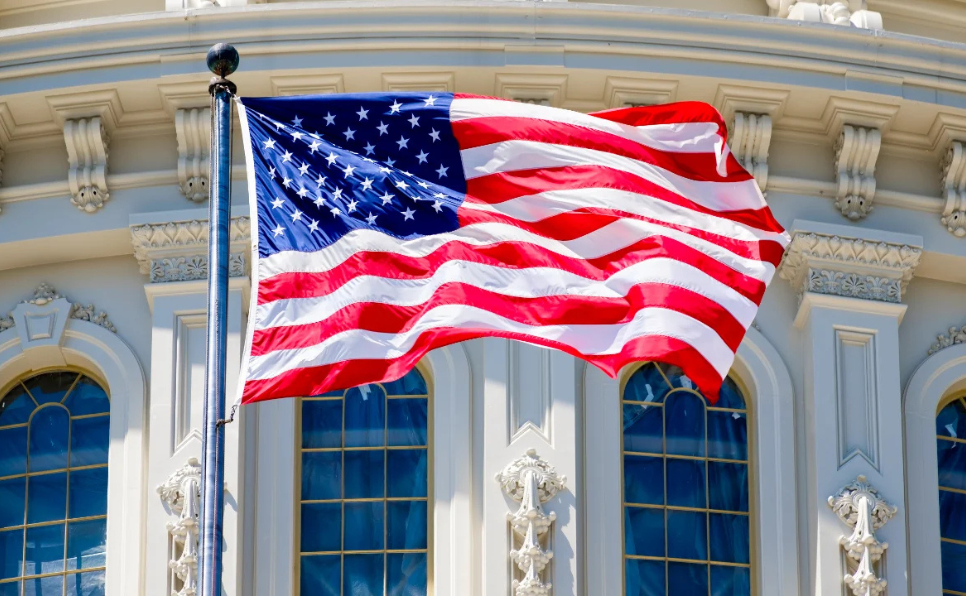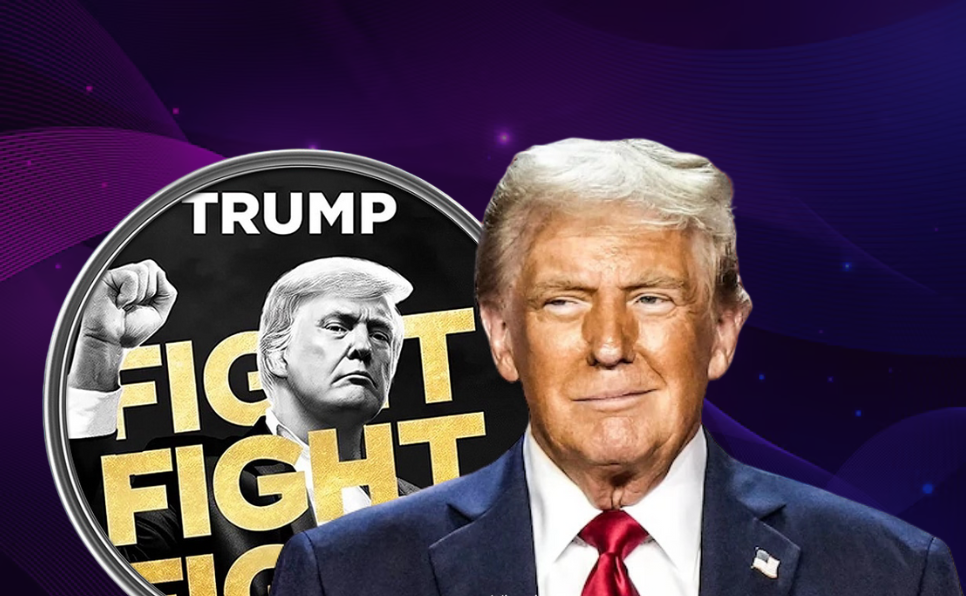Traditional Financial Giants Explore Digital Dollar Alternative
A consortium of major U.S. banks—including JPMorgan Chase, Bank of America, Citigroup, and Wells Fargo—is reportedly engaged in early-stage discussions to create a jointly managed stablecoin, according to sources cited by The Wall Street Journal. The initiative signals a notable shift in how legacy financial institutions are responding to the accelerating pace of digital currency adoption.
Shared Infrastructure at the Center of the Proposal
The proposed stablecoin would be administered by a shared infrastructure platform, potentially involving organizations co-owned by these banks, such as the Clearing House and Early Warning Services. Though still in its conceptual phase, the project could be structured to allow broader access to other banks and financial firms should it advance.
The digital token would be pegged to the U.S. dollar, positioning it as a stable alternative to more volatile cryptocurrencies while also offering efficiency gains in interbank transactions and payment settlements.
Banking Industry Moves Toward Crypto Alignment
This effort reflects a broader trend in which traditional financial institutions are warming to the idea of blockchain-based assets. Several regional and smaller banks are reportedly weighing the formation of their own stablecoin network, which could function as a parallel initiative to the project led by larger firms.
Stablecoins have seen explosive growth in recent years due to their utility in streamlining cross-border payments, reducing settlement times, and offering a bridge between fiat currency and decentralized financial ecosystems.
Political Climate Favors Crypto-Friendly Innovation
The discussions among U.S. banks come at a time of increasing political support for cryptocurrency innovation. Former President Donald Trump, who is again campaigning for the presidency, has voiced favorable views on digital assets. He has framed stablecoins and other crypto innovations as tools to reinforce U.S. financial leadership and ensure that the U.S. dollar maintains its global influence.
Regulatory Uncertainty Remains
Despite growing institutional interest, stablecoins still face regulatory uncertainty in the United States. Questions about oversight, security, and monetary policy implications continue to be debated among lawmakers and financial watchdogs. Any initiative by major banks would likely need to navigate these regulatory hurdles carefully to secure approval and public trust.
A Potential Turning Point for U.S. Banking
If successful, a stablecoin launched by a consortium of America’s largest banks could mark a turning point in the convergence of traditional finance and blockchain technology. Such a development would not only elevate stablecoins into the mainstream banking conversation but also place U.S. institutions in a competitive position globally as the race for digital currency innovation accelerates.


